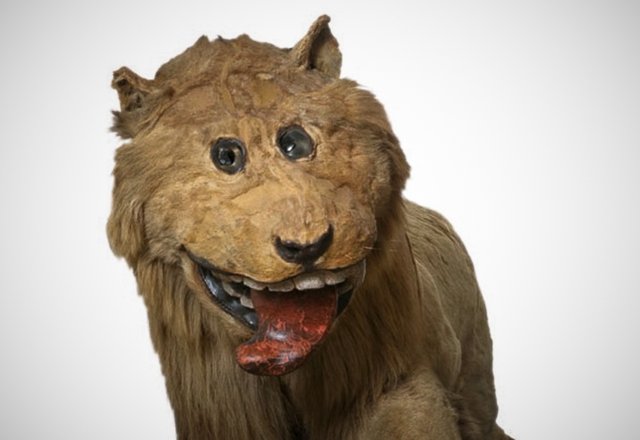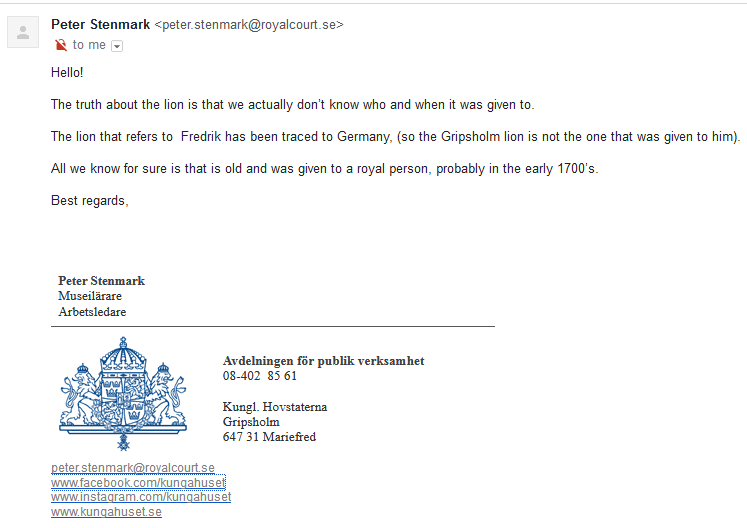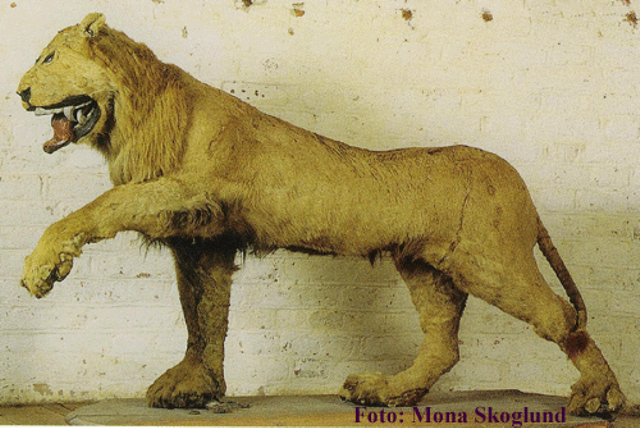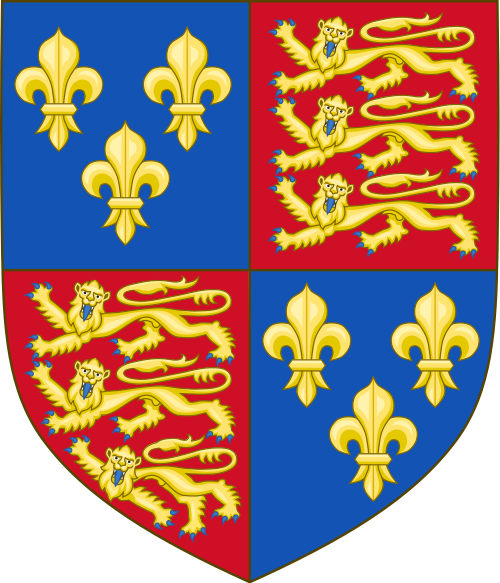Lions and Dinos and Science. Oh, My! (Part 1 - The Lion)
Hello my friends, allow me to introduce you to the lion of Gripsholm Castle. This stunning example of taxidermical excellence can be found 60 Km (about 37 miles) west of Stockholm, Sweden. Now, there are quite a number of myths surrounding this lion, to the point that no English language source that I could find has an accurate story of how this lion came to be. Oh, there are a few stories regarding King Fredrik I and the two lions he was given by Algeria in the early 1730s as part of a treaty to grant Swedish ships protection from the Barbary pirates of the North African coast but when you look deeper into it, that story falls apart.
In fact, the story of this lion has become such a mess over the years, I had to ask for help in finding/translating reliable Swedish news articles about it (major thanks to Edgar Ahrent for that). On top of that, I also contacted the curators of Gripsholm Castle itself in order to verify the story. As you can see in the screenshot here, the exact details of the lion’s origin are unknown.
After researching what was supposed to be a bit of a throwaway joke, I’ve found that the reporting of this story in the English language media has been so disappointing I’m actually going to make an entirely separate piece with details on it once I’ve finished with this subject (I’m already about half way done with the script for it). While, we may not know with certainty where this lion came from we know enough to speculate.
Gathering together what we do know, the most likely timeline for this lion is fairly straight forward. Likely, sometime in the early 1700s, the lion was given to a member of the royal family. Its remains were then given to a taxidermist who was unfamiliar with the way living lions looked in nature (not many lions in eighteenth century northern Europe, after all). The taxidermist was however, familiar with the classic heraldic symbol of the passant lion, proudly raising one of its front paws, tongue out in a mighty roar! And frankly, if you observe the lion from the side, it doesn’t look nearly as bad as from the front.
All facts considered, for an attempt by someone who had in all likelihood only seen lions on royal crests and the like, it’s not nearly as bad as it could have been. Despite the goofiness, it’s impressive that an eighteenth century taxidermist was able to create a close enough likeness that we can instantly recognize it as a lion today. When presented with the pelt of the animal, the taxidermist would have had to reconstruct the lion’s posture, eyes, tongue, and (looking at the mouth) possibly teeth. To do so, he would have been forced to rely on any information available to him at the time, from using literature to living animals that were observable to him. This is not too dissimilar to the way naturalists of the next century would have to reconstruct newly discovered fossils that would become known as “Dinosaurs.”




.svg.png)

Your Post Has Been Featured on @Resteemable!
Feature any Steemit post using resteemit.com!
How It Works:
1. Take Any Steemit URL
2. Erase
https://3. Type
reGet Featured Instantly � Featured Posts are voted every 2.4hrs
Join the Curation Team Here | Vote Resteemable for Witness
For Ease of Navigation:
Part 1: https://steemit.com/science/@ribbitingscience/lions-and-dinos-and-science-oh-my-part-1
Part 2: https://steemit.com/science/@ribbitingscience/lions-and-dinos-and-science-oh-my-part-2-dinosaurs
Part 3: https://steemit.com/science/@ribbitingscience/lions-and-dinos-and-science-oh-my-part-3-feathered-dinosaurs
Part 4: https://steemit.com/science/@ribbitingscience/lions-and-dinos-and-science-oh-my-part-4-pre-darwinian-evolution-and-conclusion